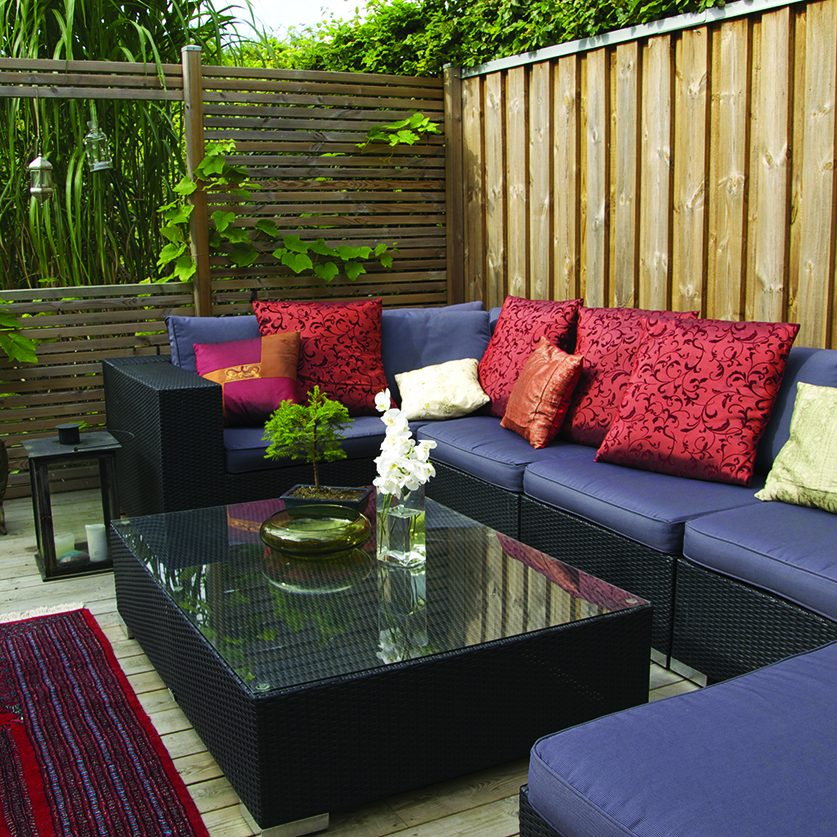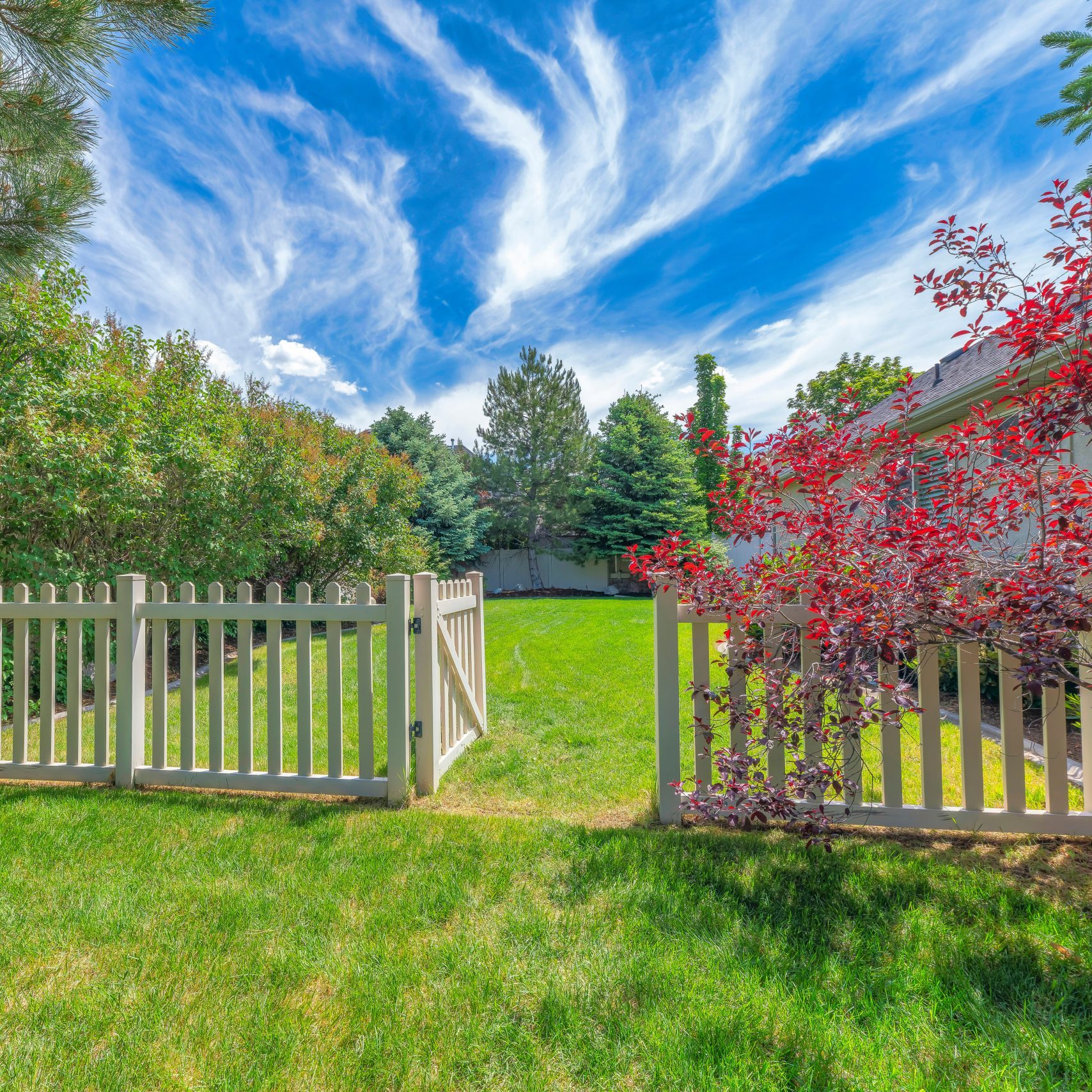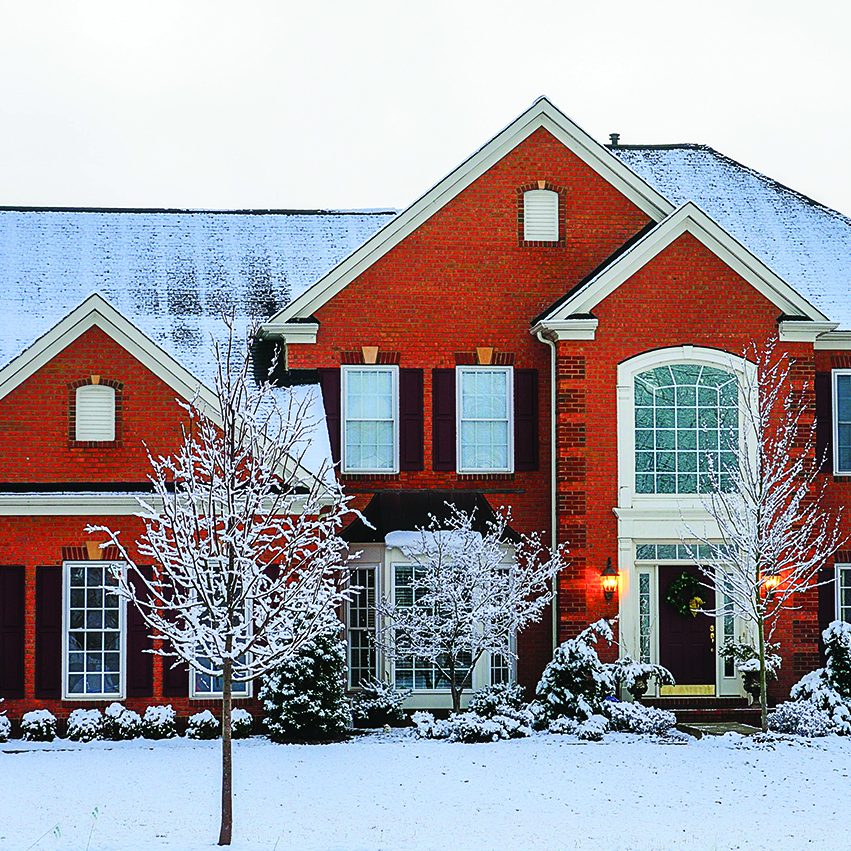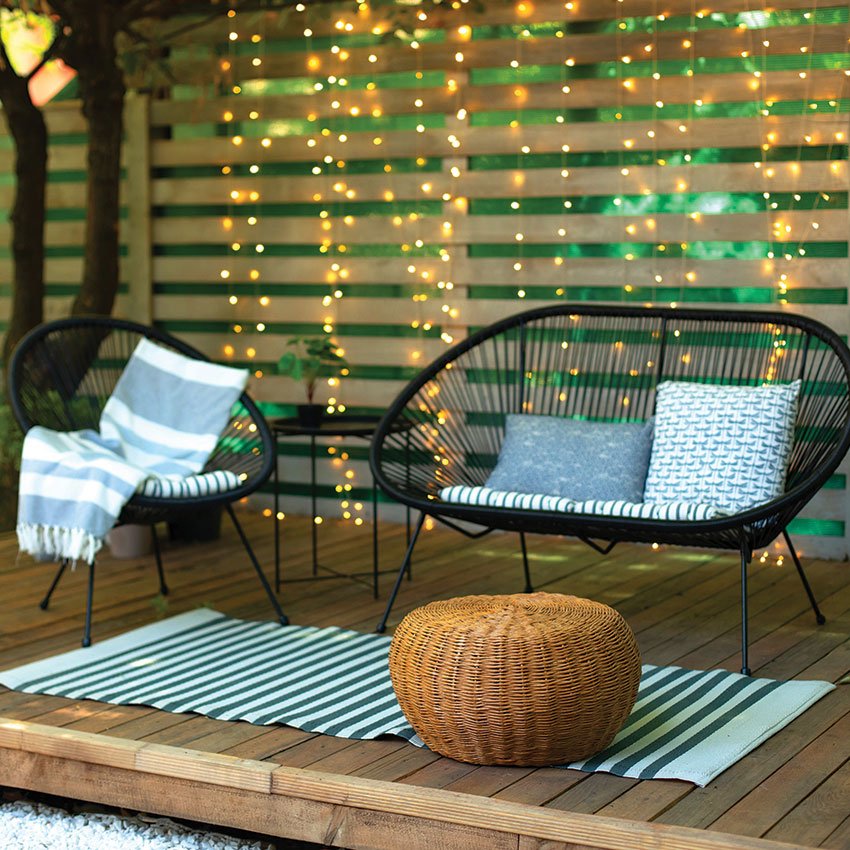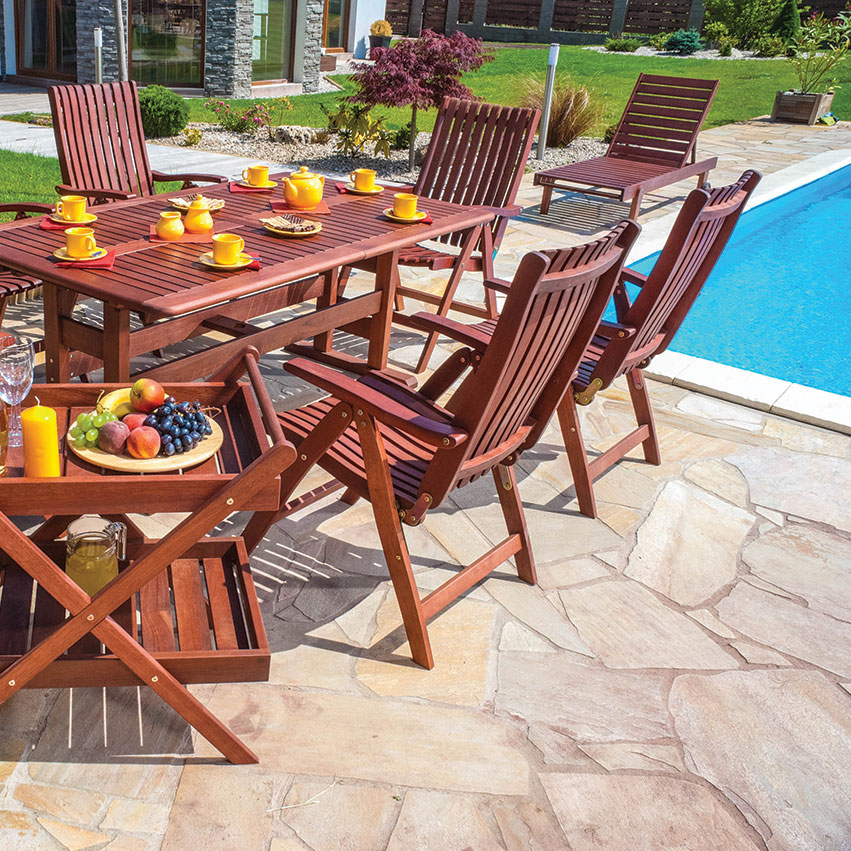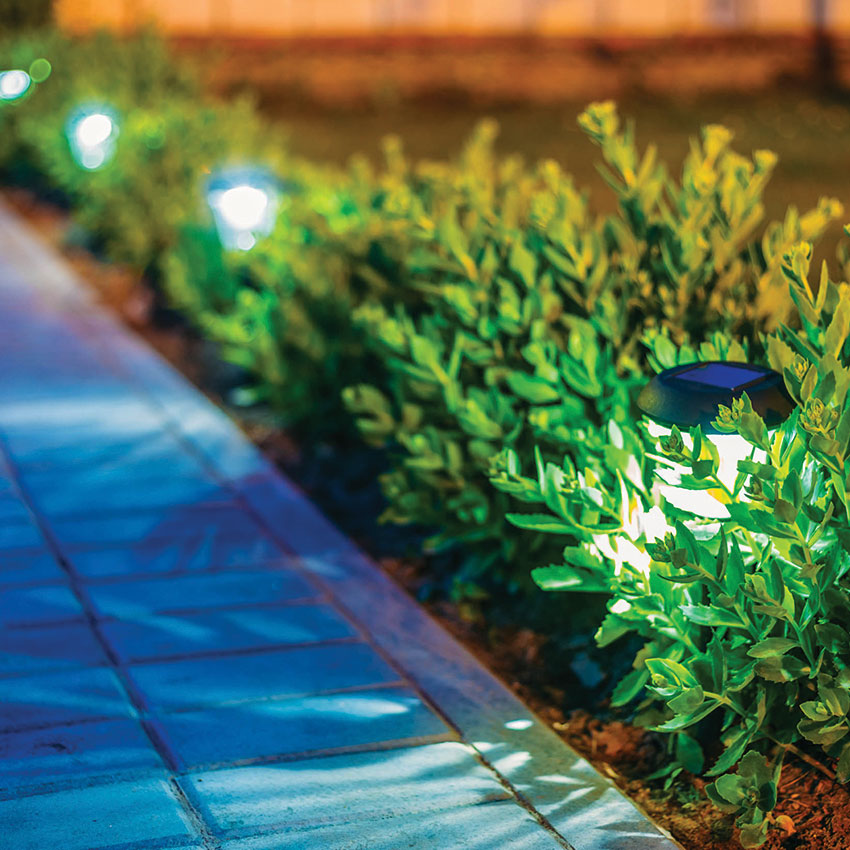Homeowners are spending big bucks on home renovations. According to the Joint Center for Housing Studies at Harvard University, home improvement project spending continues to increase. It’s predicted to go from $472 billion spent in 2022 to $485 billion in 2024.
Those targeting a specific home renovation likely know there is much that goes into the process from start to finish. Patience is a requisite virtue with any remodel, as even a thoroughly conceptualized plan can encounter a few bumps along the way. Although there is no way to completely remove renovation-related obstacles, there are ways to make projects go more smoothly.
Establish A Clear Plan From The Beginning
Now is not the time to be on the fence about details. A vision for the renovation is essential, and should include details about layout, materials, colors, and design.
Manage Your Expectations
Again, this speaks to a need for patience with a project but also involves flexibility. Being too rigid when choosing materials can require waiting for back-ordered supplies to come in. Wanting contractors to bend to your schedule can delay the project even further. Creativity and flexibility are key.
Establish A Budget
It can be easy to spend beyond one’s means, especially when issues crop up. Black House Real Estate stresses the importance of creating a budget before starting a renovation, which may involve working with a local professional to help. Houzz advises preparing for worst-case scenarios by adding anywhere from 1 percent to 20 percent to the budget. Commit to sticking to the budget no matter what comes down the pike.
Assemble A Good Team
Thoroughly research all contractors who will be involved with the renovation. These include designers, architects, builders, and more. Be sure they come highly recommended and research online reviews. A good team removes some stress from the project because you’ll know the work is in experienced hands.
Prepare The Space For The Remodel
Any work you can do will help save on labor costs and make it easier for the team to get started on the project. Clear out clutter and personal items. Ask if it would be helpful for you to handle some demolition, whether that’s pulling up old tile, removing drywall or another task.
Have An Escape Hatch At The Ready
Home renovations can cause upheaval to daily life, and that can mean stress on top of already chaotic schedules. If money and situation allow, plan a getaway during a particularly tough stretch of the project so the noise, mess, and disruptions will not induce headaches. Consider spending a few nights at a hotel or a friend or relative’s house to escape the constant grind of the project.
Home renovation projects add value and functionality to homes. Such undertakings can go more smoothly with some sound planning.


